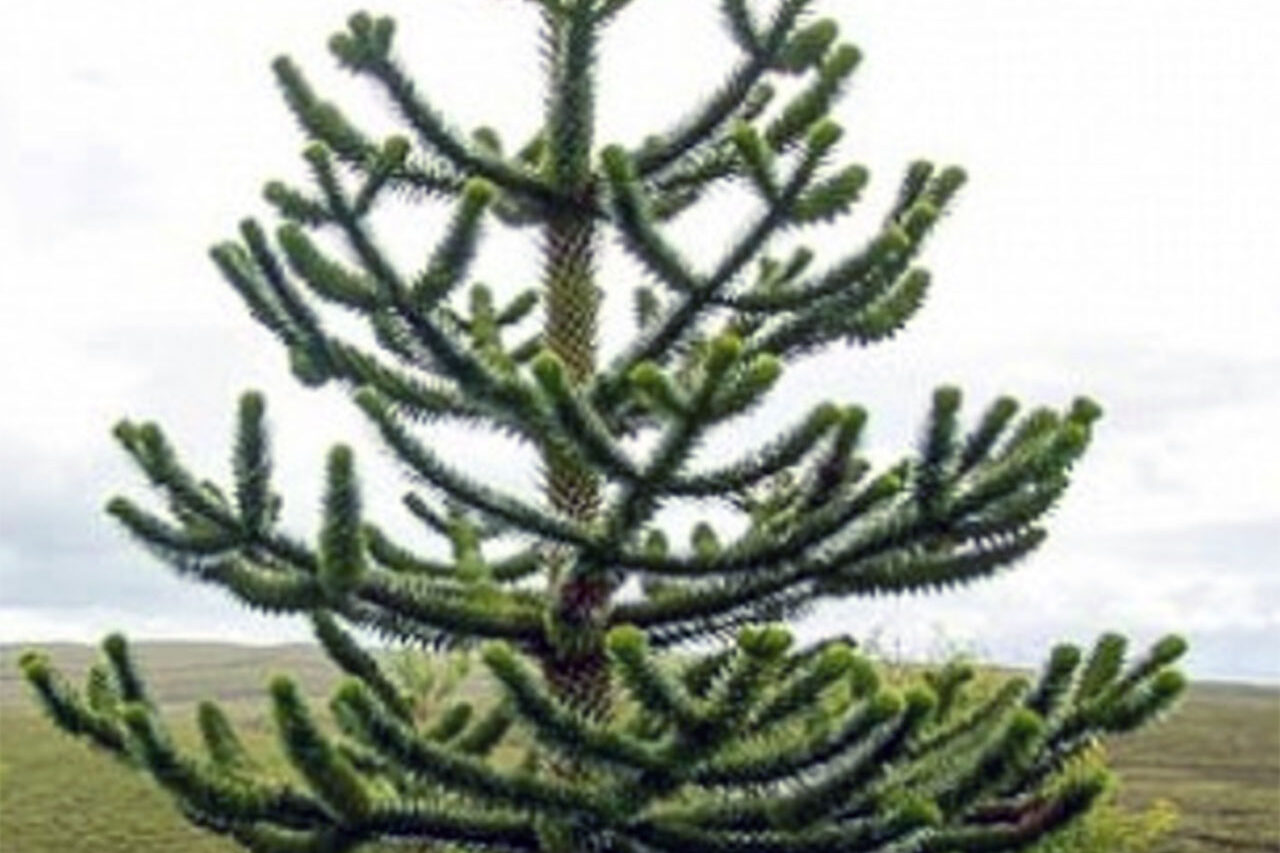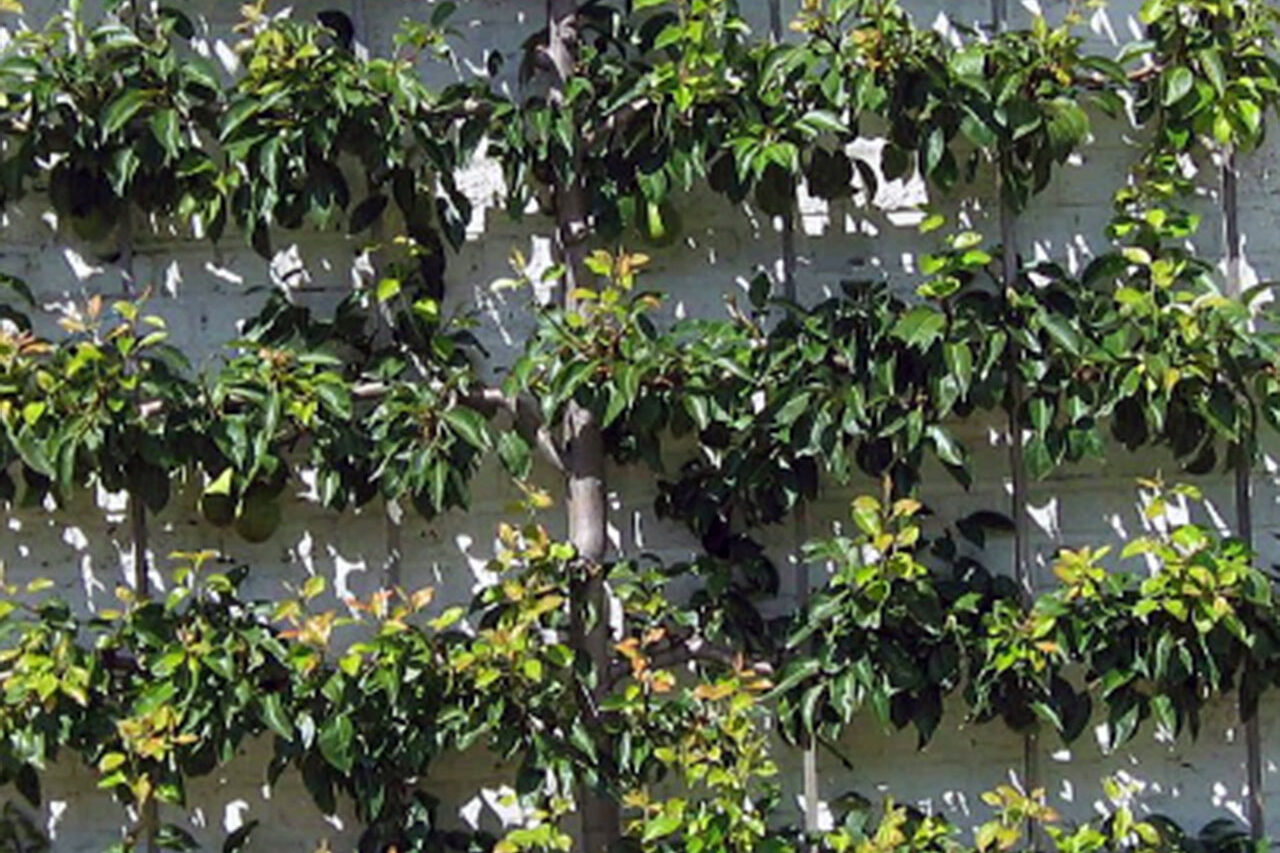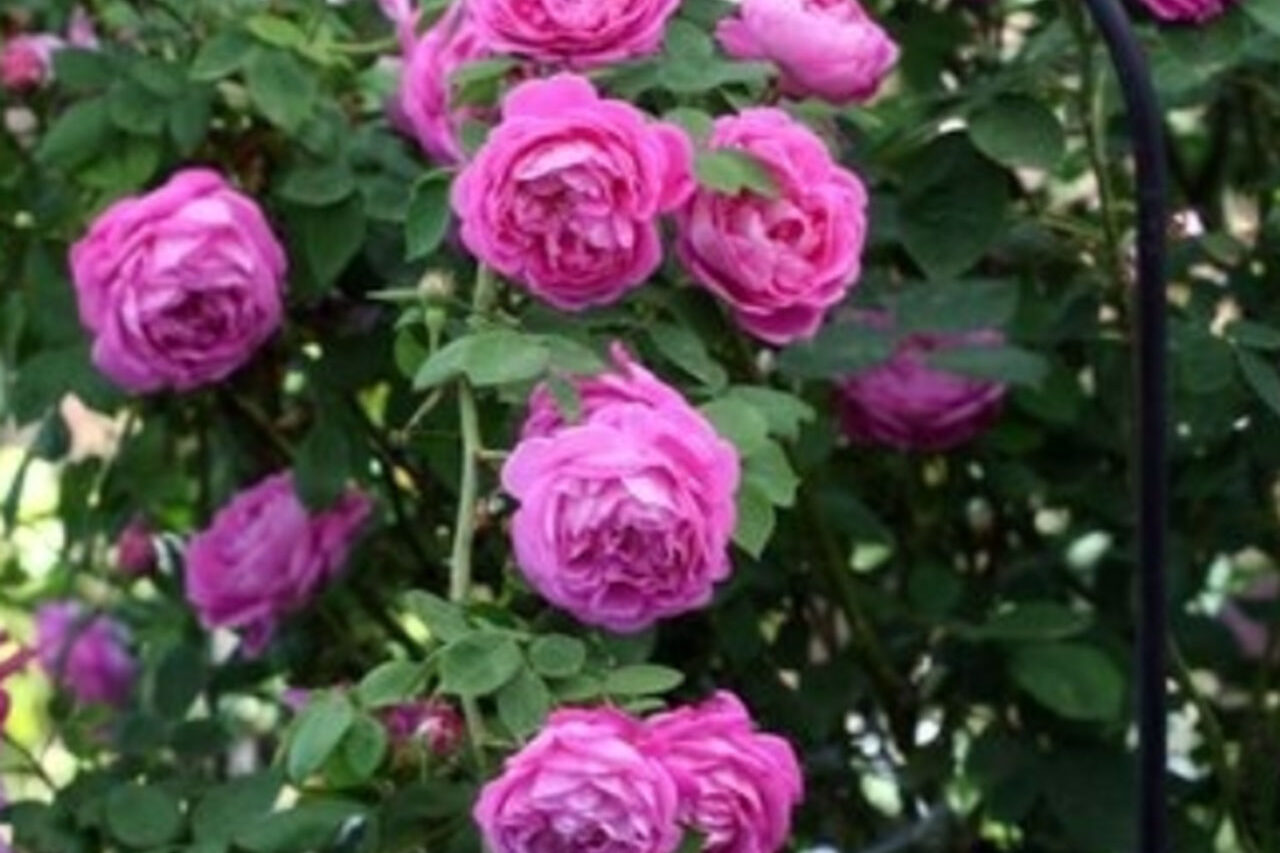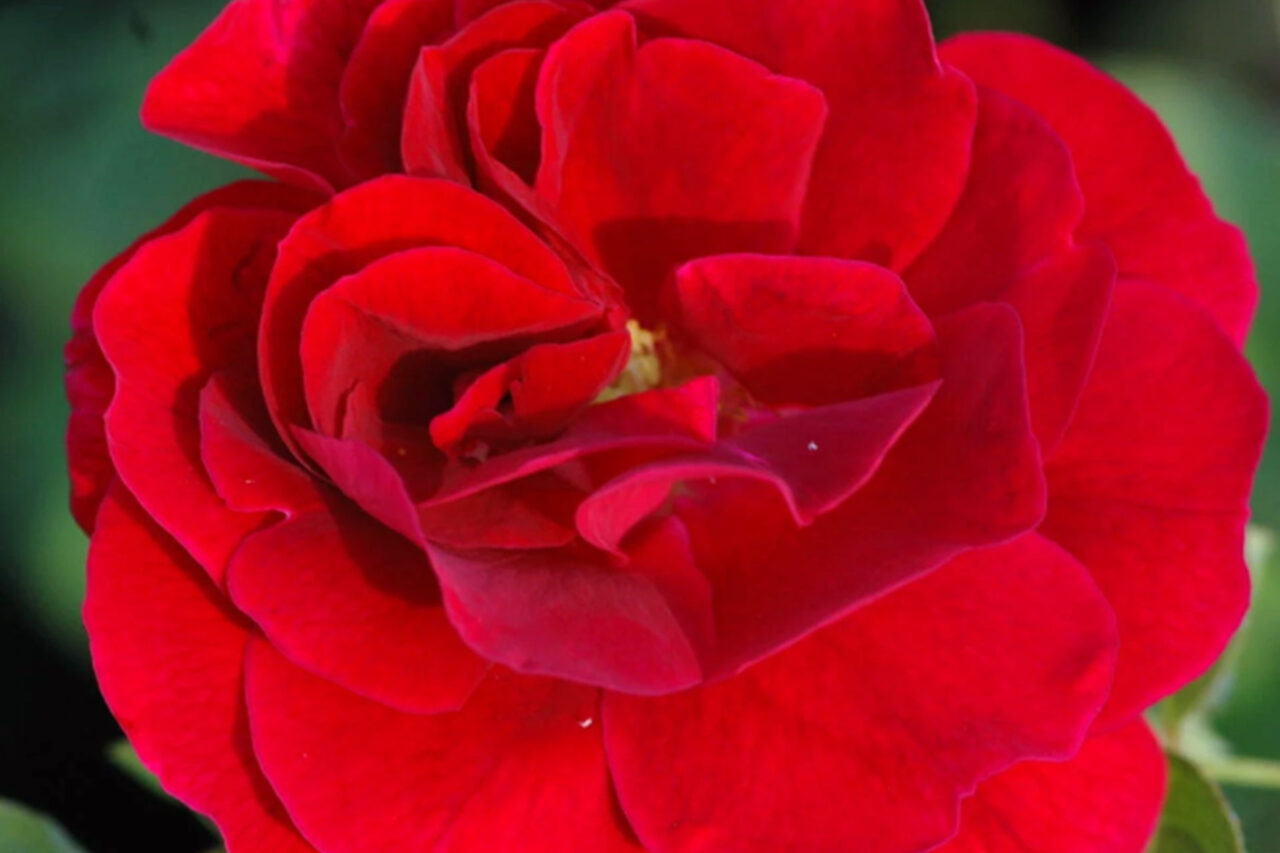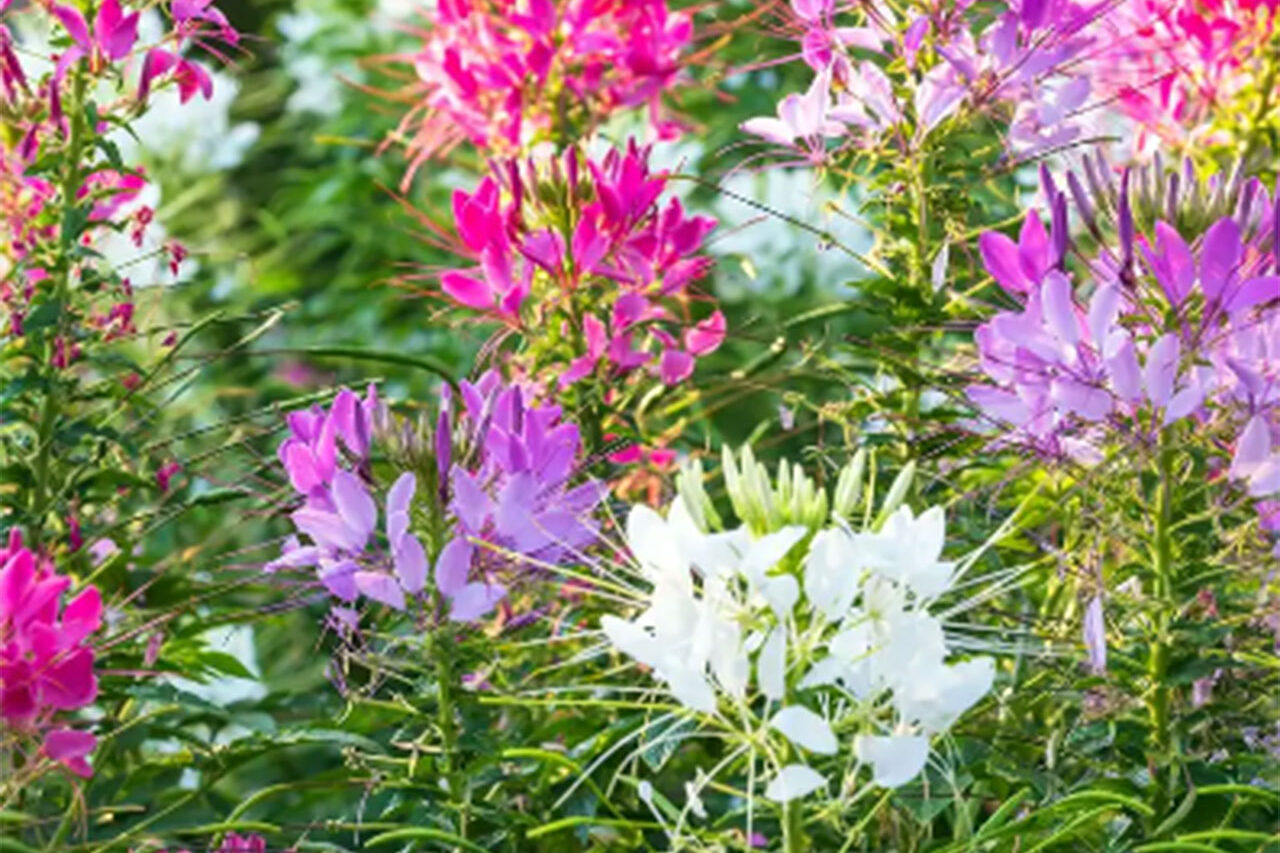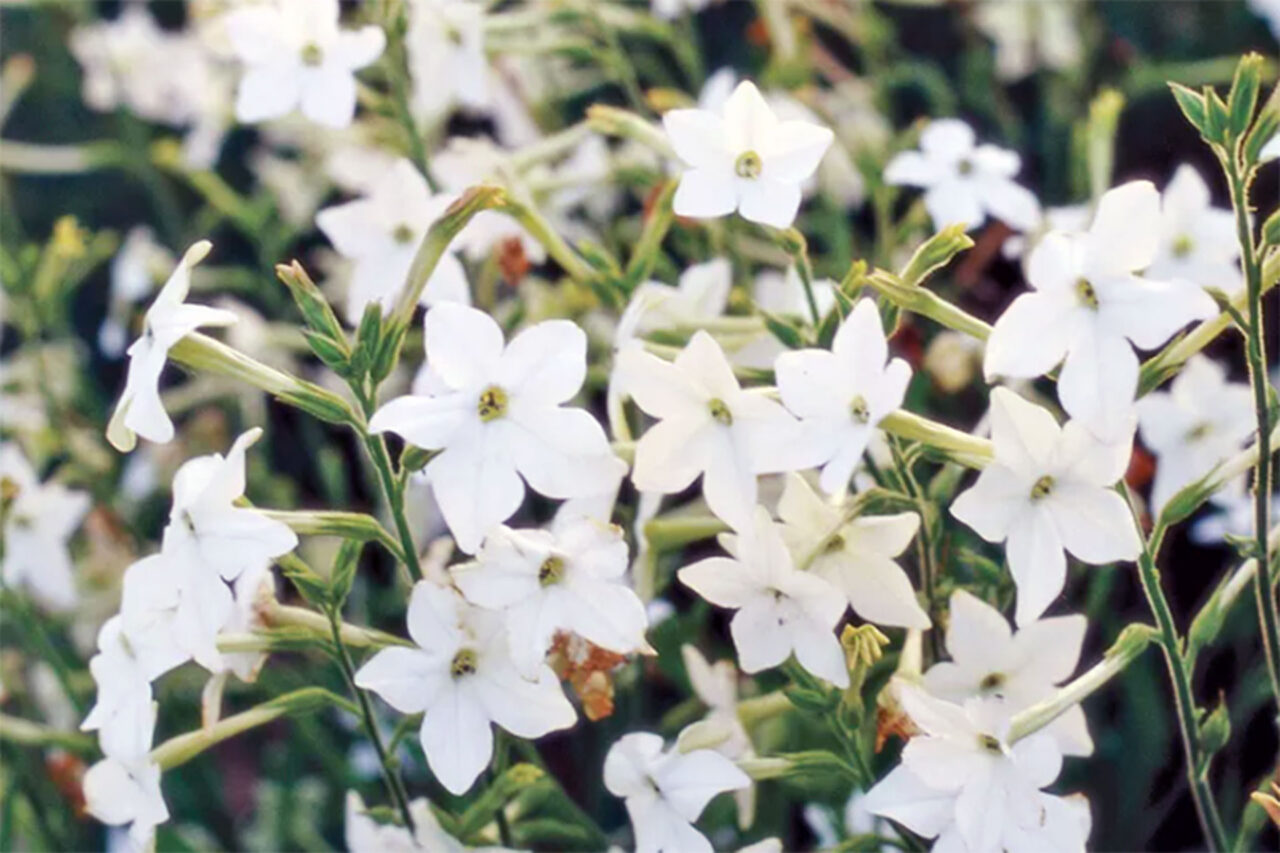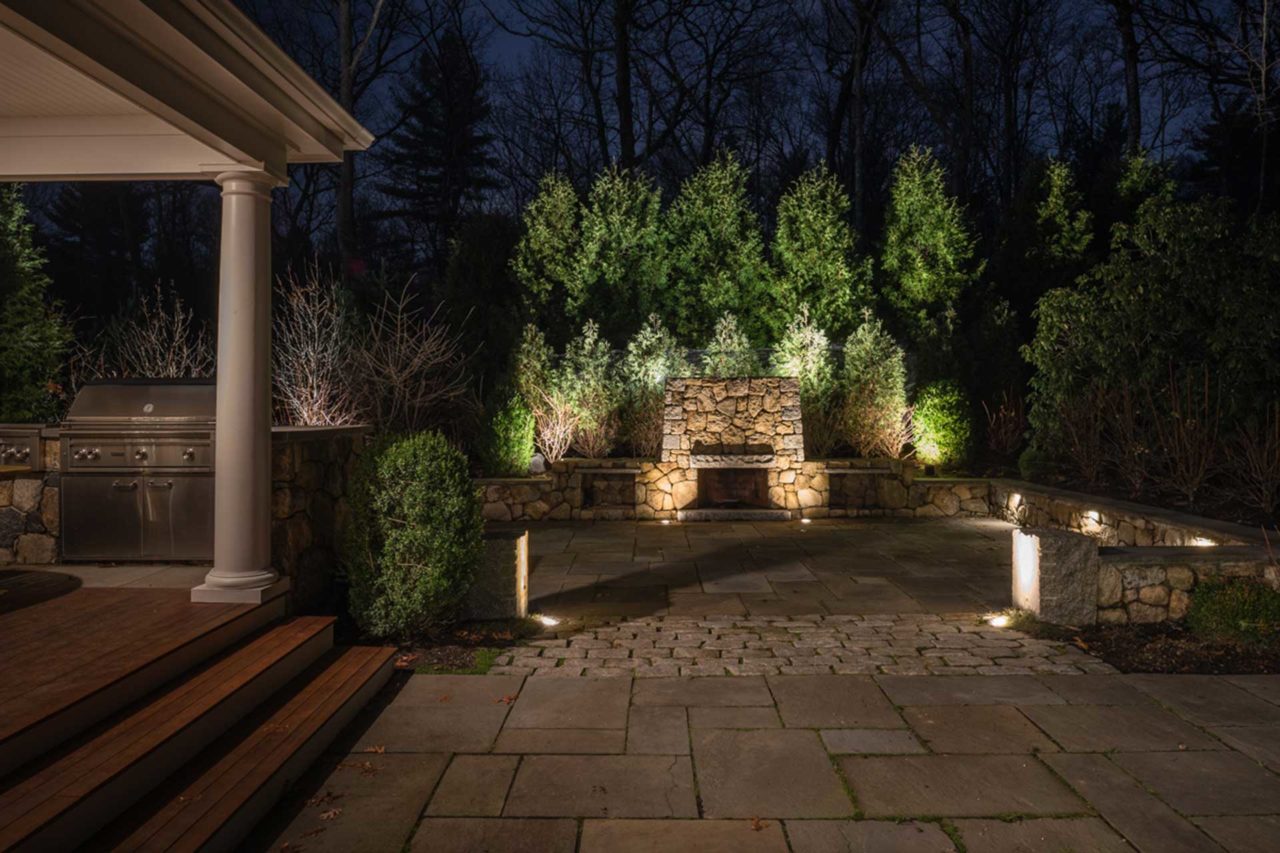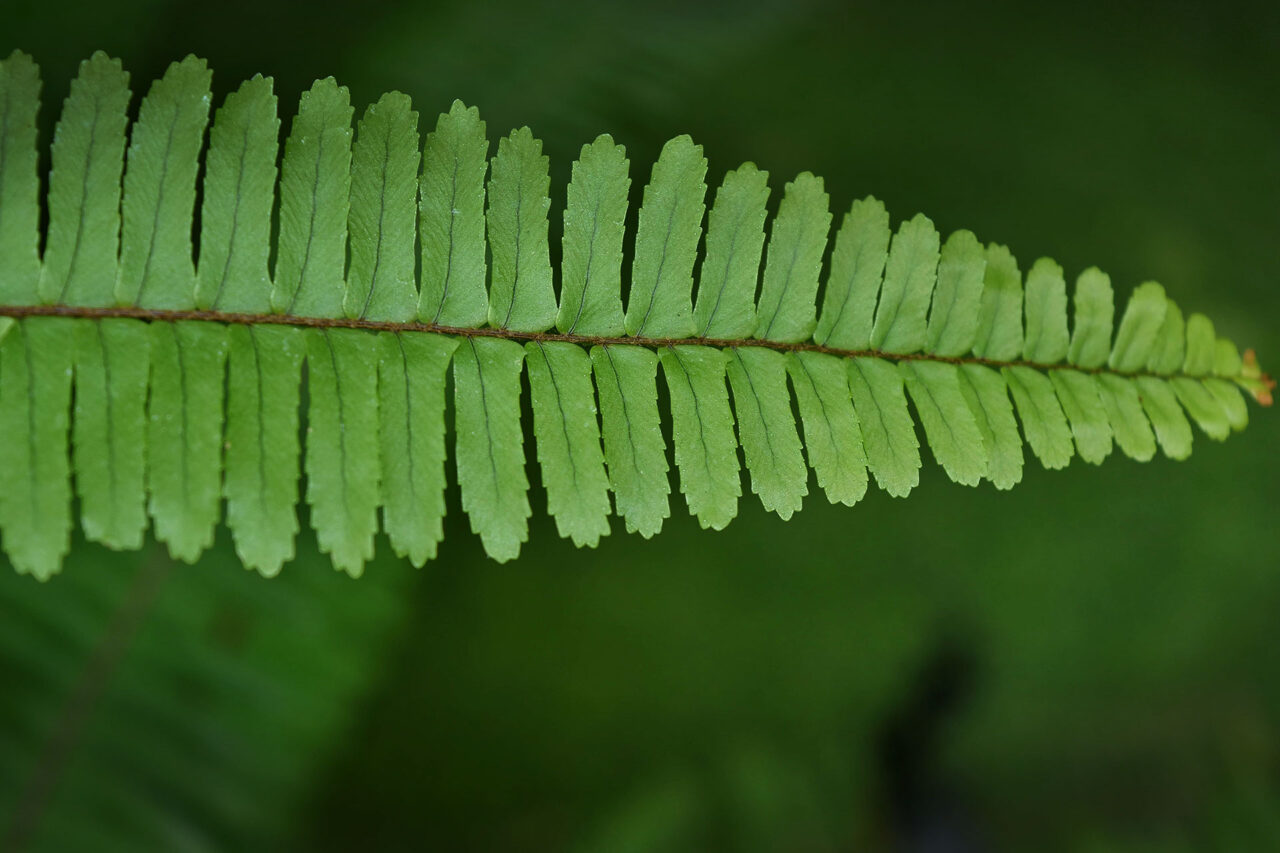Beyond the Borders
One of the more interesting architectural styles that we see in the graceful, historical homes here in New England is that of the Victorian Era. “Victorian” is a broad category within which there are multiple iterations of some common stylistic components reflecting the cultural and sociological changes happening between approximately 1830 until 1910. In America, and New England, these style indicators are borrowed from Victorian Britain and are also known as Gothic Revival, Italianate, Queen Anne, Romanesque, and shingle or stick style to name a few.
This time period ushered in a more leisurely and suburban lifestyle when both men and women had more time to devote to gardening. Advances in travel and exploration opened the catalog of plants available to gardeners. Victorian Era home owners dreamt about worlds beyond the borders of their community and wanted to create immersive experiences both visually and through scent. As a horticulturalist writing for Mount Auburn Cemetery on their website says, “Victorians loved exotic plants that evoked faraway lands.” This is where tropical plants came into the planted landscape, aided by glass production and greenhouses or observatories where sun loving, heat needing curiosities could be sustained for Victorians’ collections.
Key Takeaways
- Restoring or designing gardens around Victorian homes demands sensitivity to period style, materials, and plant palettes.
- You’ll learn about classic planting themes, structure, and how to integrate modern needs without losing historic integrity.
- The post gives you design guardrails for bridging the past and present in your landscape.
Basics of Victorian Garden Design
- Plants that were chosen for bold color, or scent, or both
- Asymmetrical garden beds flanked by ornamental fencing (think white picket fence) to frame and provide protection against animals
- Swarths of single mass color or contrasting pods of color
- Draping and drama, and lots of it! Color, interesting foliage, tropical plants, hardscape elements (urns or statuary), and showcased specimen plants
Trees
- Redwood Pine (sequoioideae)
- Monkey Puzzle Tree (araucaria araucana)
- Empress Tree (paulownia totemtosa)
- Fruit Trees often grown in an espalier-style integrating latices or arches
Perennials and Shrubs
In keeping with the Victorians’ devotion to ornamentation and flourish, perennials had to be brightly colored with prominent blooms or scents and often planted in mass swarths. In the beginning of the Victorian period garden styles tended to be grouped together in monochromatic or color blocks of annuals bordered by perennials and hedges. Typical plants were roses, of course, but certain hybrid perpetual varieties like Baronne Prevost or Charles Lefebre with the multiple rows of petals that invoked a” cabbage look”. The use of highly colored azaleas and rhododendrons, newly available from China, and snowball varieties of both hydrangea and viburnum rounded out the preferred list.
Annuals and Small Plants
One of the details of Victorian garden planting is that they deliberately planted tall plants in the back row and allowed a tumble or cascade look down to the short plants along the edge. This meant that there was equal emphasis on small annuals as much as large perennials. Wealthier Victorian owners would often brag about the quantity of individual plants of one type they had planted creating a dramatic experience of sight or smell.
Blooms sometimes would be chosen for what the flower signified. Typical of Victorian society, there was a lot of things left unsaid. Upstanding men and women would often demur or use flowery, but ultimately vague language choosing to let gestures symbolize their true intent. Well intentioned neighbors would great one another with a bouquet of pansies cut from their own gardens.
One would expect the adoration of tree lilacs or orchids or exotic tropical palms to be typical of Victorians but there are also some plants that have gone out of popularity or are difficult to find now that filled the Victorian gardener with delight! While not as trendy now, but in the mid 1800’s cleome, heliotrope, mignonette, and flowering tobacco were sought after for scentful gardens. Boutique garden concepts like the “moonlight garden” filled with whites and pale yellows that came to life at twilight or heavily overflowing hanging baskets and planted urns that could hold their own against the highly decorative architecture became the norm in landscape design.
In our current day we are fortunate that the gardeners of the Victorian era focused on importing tropicals and plants from parts of the world that had been previously inaccessible. Many of the staple plants and styles, especially in the Northeast, are reflective of habitats in Asia or Central America. If you live in a “painted lady” or one of her sisters feel free to go over the top with your garden décor and be assured that you are keeping true to history and flexing your style muscles in our modern times as well.

